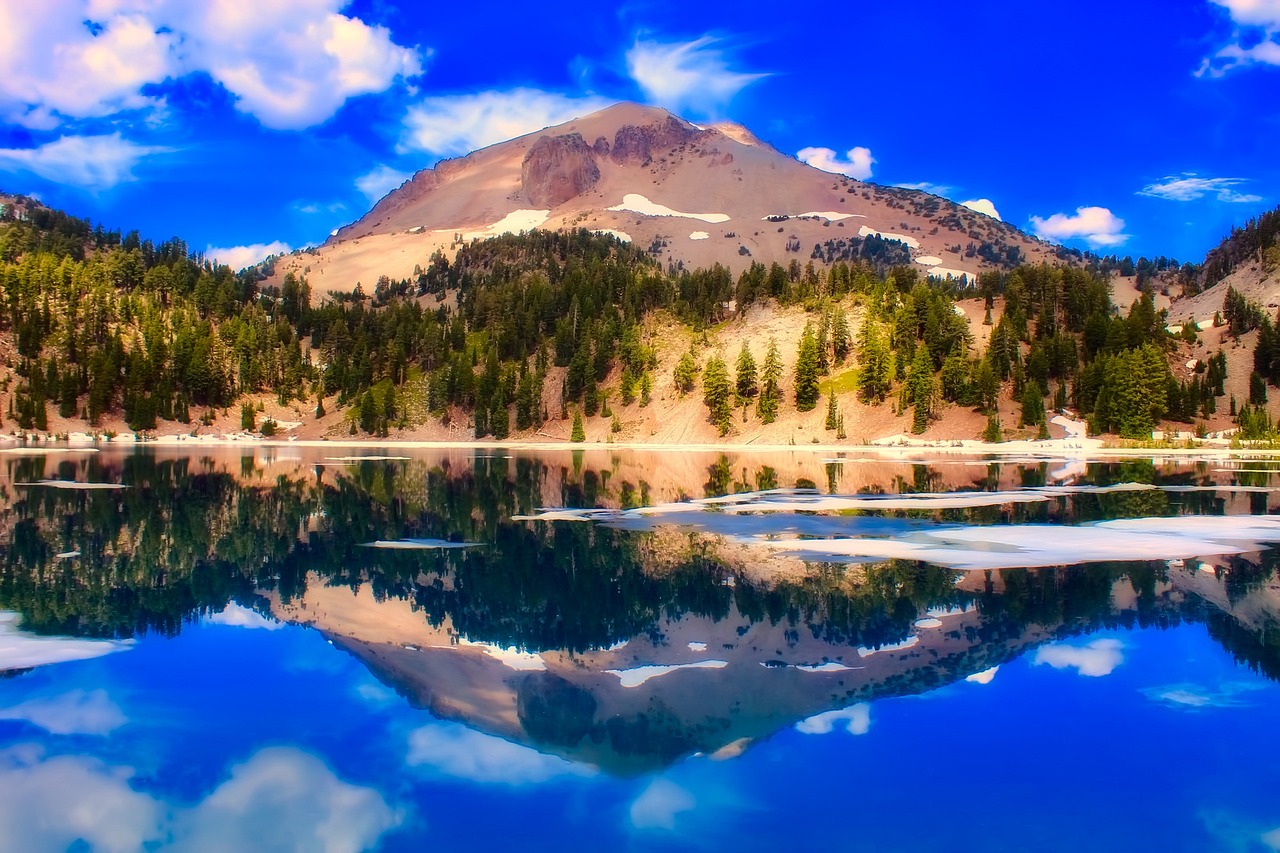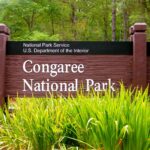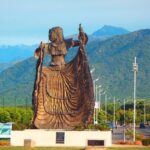Quick Bits:
Lassen Volcanic National Park is home to steaming fumaroles, crystal-clear lakes, and vast meadows. It features all four types of volcanoes found in the world, making it a geological wonder. The park is a paradise for hikers, campers, and nature lovers, offering breathtaking landscapes and unique natural formations. Open year-round, it provides diverse seasonal activities, from summer hiking to winter snowshoeing. Unlike more crowded national parks, Lassen offers solitude and an opportunity to connect with nature without distractions.

Key Highlights
- Volcanic Wonders: Boiling springs, fumaroles, and hydrothermal activity.
-
Scenic Drives: The 30-mile Lassen Volcanic National Park Highway.
-
Stunning Trails: Over 150 miles of hiking paths.
-
Lakes and Meadows: Pristine alpine landscapes with wildlife.
-
Snow-Capped Peaks: Winter transforms the park into a snowy retreat.
-
Stargazing: Low light pollution makes it a haven for night sky enthusiasts.
General Information
Lassen Volcanic National Park lies in Northern California. It was established in 1916, preserving a landscape shaped by volcanic forces. The park covers over 106,000 acres and is famous for its geothermal activity, including bubbling mud pots and steaming fumaroles. The region is rich in biodiversity, with dense forests, glacial lakes, and vibrant wildflowers in summer.
Unlike more crowded destinations, this park offers a peaceful escape. It provides a chance to explore untouched nature while learning about the geological forces that continue to shape the land. Whether climbing Lassen Peak or soaking in the views at Manzanita Lake, each visit promises an unforgettable experience.
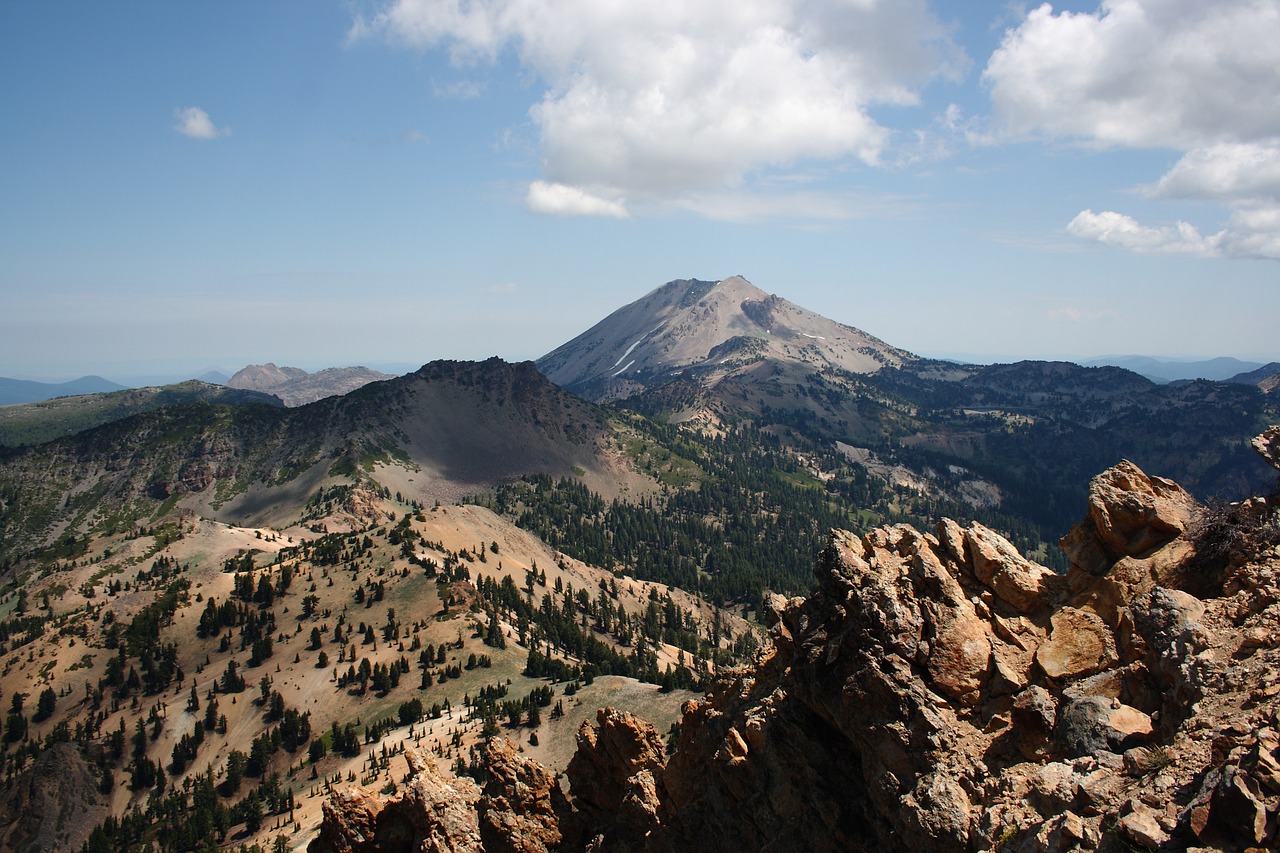
Geography Information
Lassen Volcanic National Park is in northeastern California, within the Cascade Range. It sits at a high elevation, with the tallest point, Lassen Peak, reaching 10,457 feet. The park’s landscape varies from lava fields to dense pine forests. Hydrothermal sites, such as Bumpass Hell, showcase the park’s volcanic origins.
Glacial activity has left its mark, carving out the lakes and valleys that dot the region. The terrain features rugged mountains, alpine meadows, and cinder cones. Wildlife thrives here, including black bears, mule deer, and red foxes. Streams flow through the park, fed by melting snow from the high peaks.

Places to Visit
1. Lassen Peak – A strenuous but rewarding hike to the summit offers sweeping views.
2. Bumpass Hell – The largest hydrothermal area in the park, featuring steaming vents and boiling springs.
3. Manzanita Lake – A peaceful spot for kayaking, fishing, and photography.
4. Cinder Cone – A steep but fascinating hike to a volcanic crater with lava beds around it.
5. Sulphur Works – Easily accessible fumaroles and boiling mud pots near the park entrance.
6. Kings Creek Falls – A stunning waterfall surrounded by lush greenery.
7. Devils Kitchen – A lesser-known geothermal area with bubbling hot springs.

Yearly Climate
Lassen Volcanic National Park experiences four distinct seasons:
-
Spring (March – May) – Snow lingers in the higher elevations, and waterfalls are at their peak.
-
Summer (June – August) – The most popular season, with warm temperatures and wildflowers in full bloom.
-
Fall (September – November) – Crisp air, fewer crowds, and golden-hued foliage make it a great time to visit.
-
Winter (December – February) – Heavy snowfall transforms the park into a winter wonderland, ideal for snowshoeing and backcountry skiing.
Best Time of Year to Visit
-
Summer is the best for hiking, sightseeing, and camping. Most trails and roads are open, and the lakes are accessible.
-
Fall offers mild weather and fewer visitors, making it perfect for a quieter experience.
-
Winter is best for those who enjoy snow sports and solitude.
-
Spring is ideal for seeing waterfalls at their fullest, but some areas may still be covered in snow.
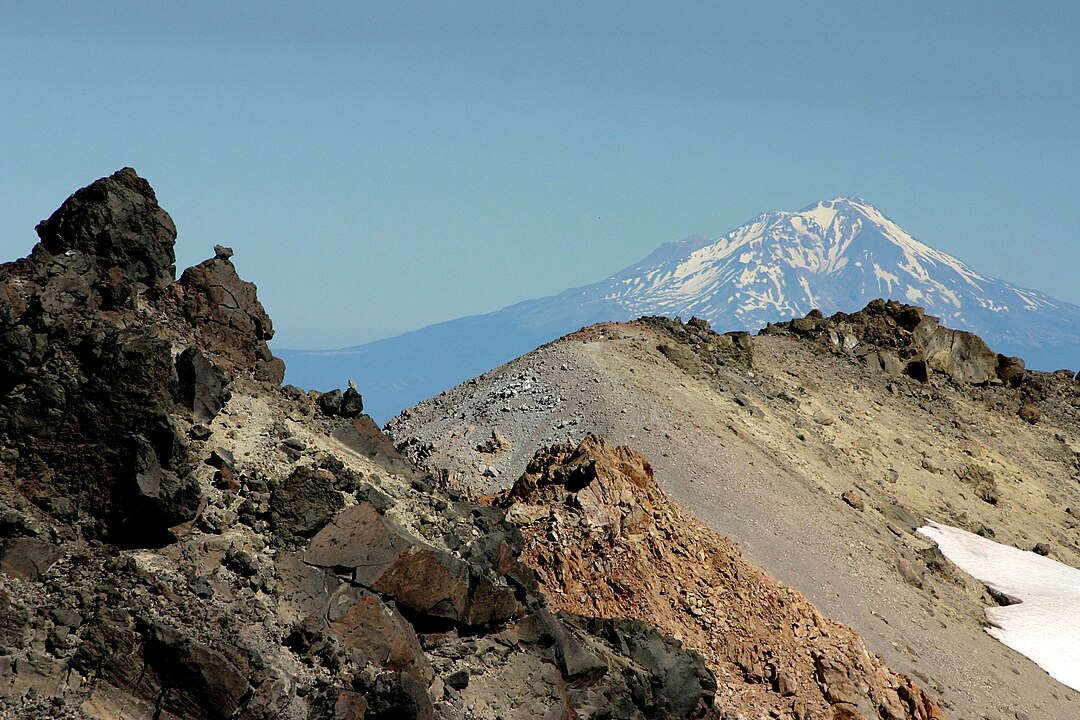
In Summary…
Lassen Volcanic National Park is a hidden gem with dramatic landscapes shaped by fire and ice. It offers diverse experiences, from steaming fumaroles to alpine lakes. Each season brings a new perspective, making it a year-round destination. Whether exploring volcanic craters, hiking through wildflower-filled meadows, or enjoying snowy adventures, the park delivers an unforgettable journey.

